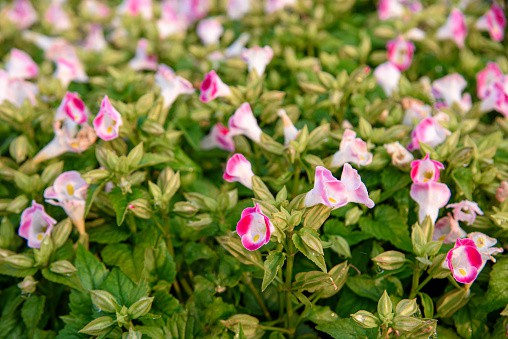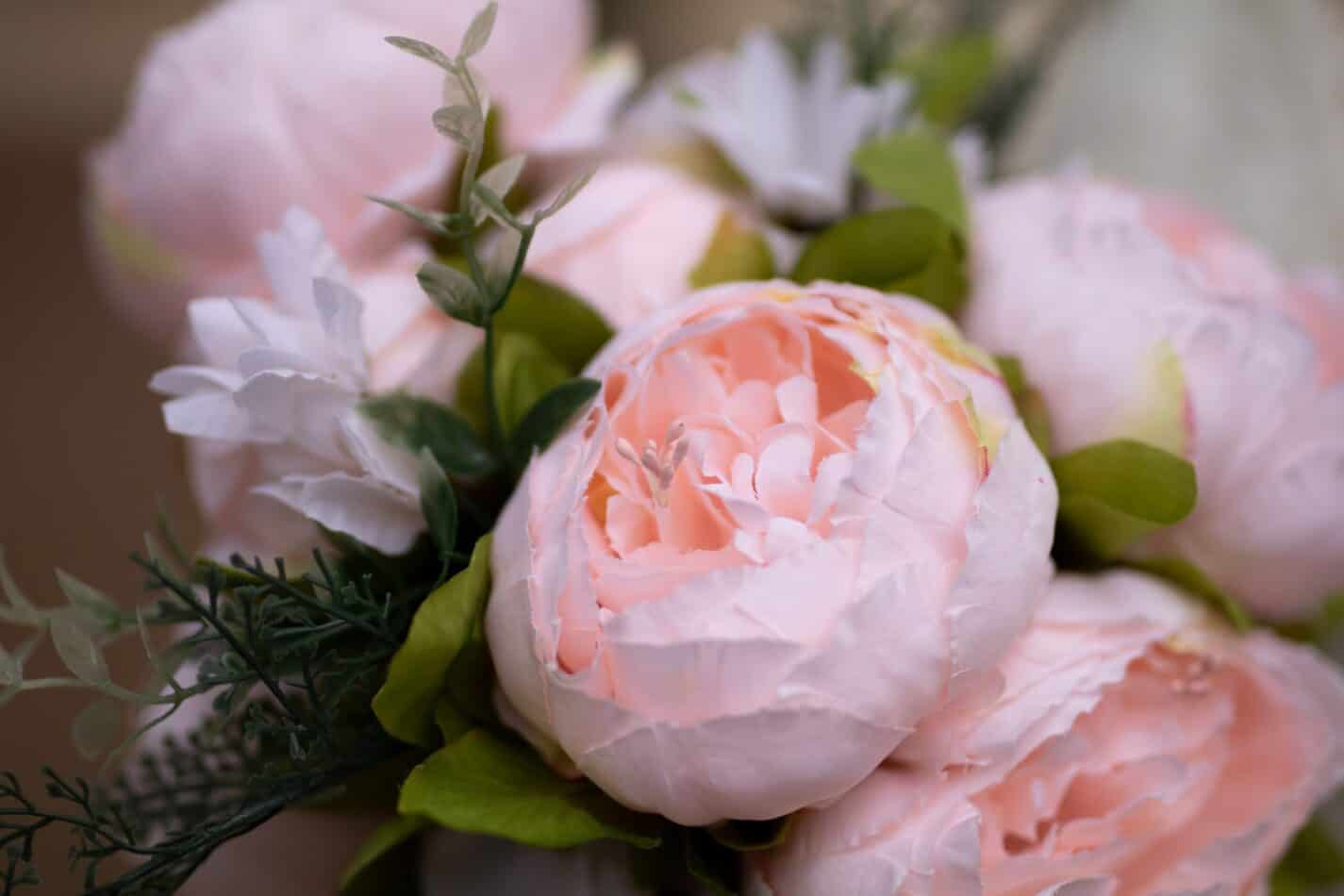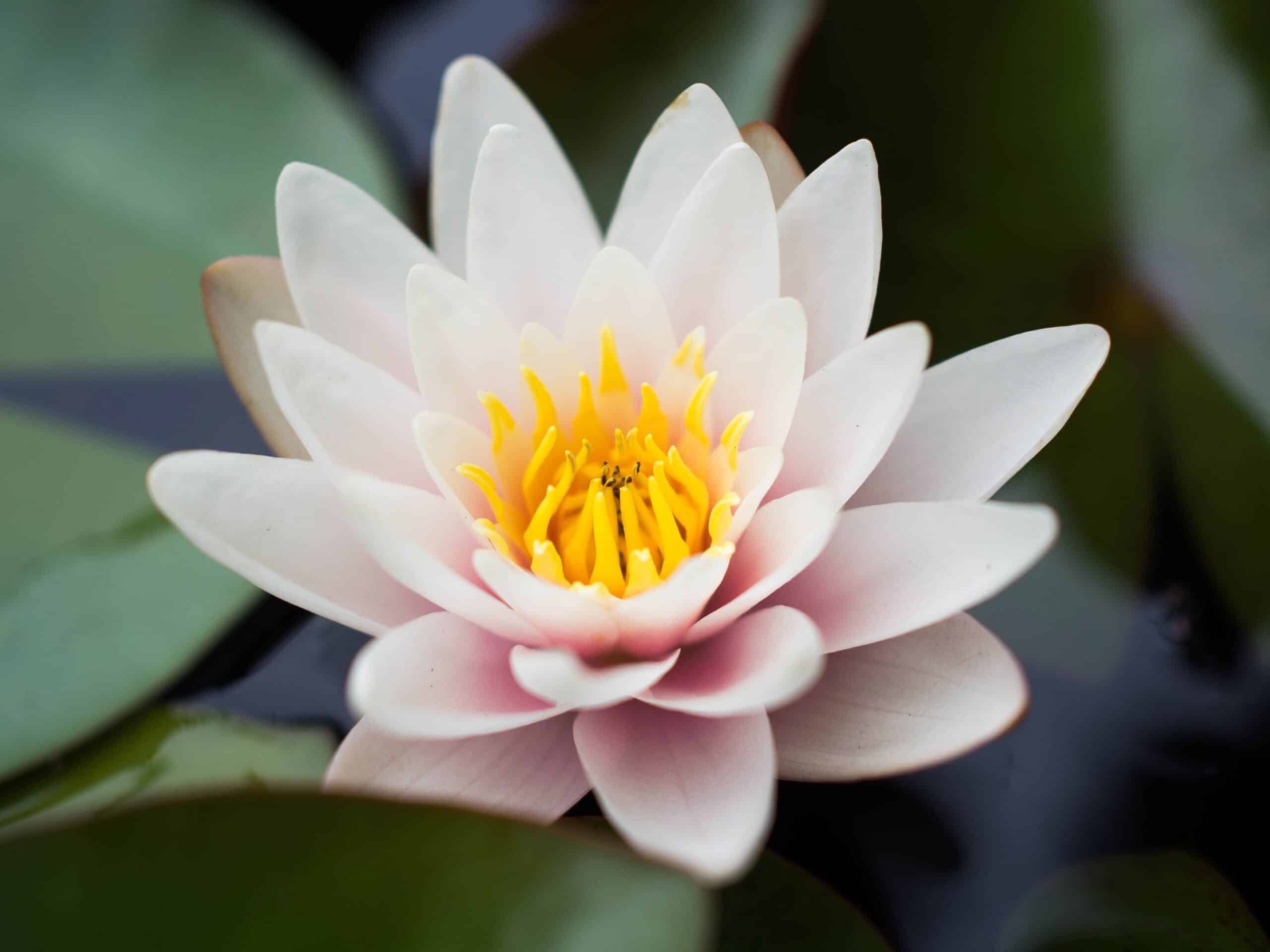The Wishbone Flower, also known as Torenia Fournieri, belongs to a family of highly varied flowering plants called Balsaminaceae. The Balsaminaceae family is known for its beautiful, brightly colored, and highly ornamental blooms. Its genus name, Torenia, is derived from Martin Thoreni, a 19th century Swedish botanist. The species name Fournieri is named after Auguste Fournier, a French botanist who studied tropical plants.
How to plant
Wishbone Flower is an annual plant, so it will need to be planted each year for regrowth. It tolerates light shade, so it is ideal for shady spots in a garden with partial sunlight. A well-drained soil with a balanced pH of 6.5-7.5 is ideal for planting Wishbone Flowers. The soil should not be allowed to dry out and should be watered in moderation. As a tropical plant, this flower enjoys warm climates, so if you live in a cold climate it is best to bring it indoors over the winter. To protect it from extreme temperatures, mulch it with wood chips or leaves when temperatures drop. Fertilizer should be used every two to three weeks for optimal blooming.
Meaning and symbolism
The Wishbone Flower is known for its adaptability and showiness. It is believed to symbolize undying love and is often associated with optimism and strong will. The beautiful flowers of this plant are often used as decorations in weddings and other celebrations as a sign of joy and happiness.
History, mythology, and religious significance
The Wishbone Flower has been used for centuries as a decoration in homes and gardens. Ancient Egyptians used it as a symbol of beauty and immortality. To the Chinese, this flower is a sign of good luck and is often seen in their homes and gardens. Its scientific name, Torenia Fournieri, is said to be named after one of the original twelve apostles of Jesus Christ, who was a missionary in Thailand. The Wishbone Flower is also associated with the Virgin Mary in Catholicism and is often used in spiritual ceremonies as a symbol of her purity and faith.
Flower varieties and their defining characteristics
The Wishbone Flower is a highly ornamental plant with various species and varieties. One of the most common varieties of this flower is Torenia Fournieri, which has bright yellow, red, and purple blossoms. It prefers partial shade, however, the flowers are still quite showy in full sun. This variety can reach heights of up to 12 inches and can spread out to around 10 inches wide. Other varieties of this flower include Torenia Fourrneri Alba, which has white or yellowish fragrant blossoms, and Torenia Fourrneri zebrina, which has blue and purple striped petals. All of these varieties prefer moist, acidic soil.
How to pot and repot
Potting and repotting the Wishbone Flower is relatively easy and straightforward. When potting, it is important to use well-drained soil, such as potting soil mixed with sand, and to use a container with drainage holes. Make sure to water the plant moderately, as too much water can lead to root rot. When repotting, it is important to use fresh soil, as this will provide the plant with all the necessary nutrients. The potting container should be one or two sizes larger than the previous pot, as the roots will need space to spread out.
How to prune
Pruning the Wishbone Flower is important to ensure healthy growth and development. It is best to prune the plant in spring or early summer before it starts to flower, as this is when the plant is most susceptible to pruning. Make sure to remove dead, diseased, or damaged branches before pruning the living branches. Be sure to use sharp and sterilized pruning shears when pruning. Also, it is important to cut flowers off the stems when the flowering season is over, so that the plant can focus its energy on producing more flowers the following season.
How to propagate
Propagating the Wishbone Flower is not overly complicated and can be done by several methods. The most reliable way is through stem cuttings. Take several four to five inch cuttings from the top of the plant and remove all the lower leaves. Dip the cuttings in a rooting hormone and place them in well-drained soil. Keep the soil evenly moist and in indirect sunlight. After several weeks, new plantlets should start to form around the base of the stems. You can also propagate these flowers through seeds. Sow the seeds in well-drained soil and keep the plants evenly moist and in indirect sunlight.
Common pests and diseases
Wishbone Flower is not immune to pests and diseases, so it is important to regularly check for signs of damage. Aphids, spider mites, and mealybugs are some of the most common pests that can feed on the plant’s sap and cause serious damage. Powdery mildew is a common fungal disease on this plant, however, it can be treated by applying a fungicide. Over-watering can cause root rot, which can be treated by reducing the amount of water given to the plant and adding oxygen to the soil.
Three frequently asked questions
Q: How much sunlight does Torenia Fournieri need?
A: Torenia Fournieri prefers partial shade or indirect sun, however, it can tolerate full sun if provided with regular water.
Q: What color are the flowers of Torenia Fournieri?
A: The colors of the flowers can range from pale lavender with dark-purple edges to pale yellow, red, and purple.
Q: How do you propagate Torenia Fournieri?
A: Torenia Fournieri can be propagated through stem cuttings or by sowing seeds in well-drained soil.
Table Fact Sheet
| Wishbone Flower | Torenia Fournieri |
|---|---|
| Family | Balsaminaceae |
| Plant Type | Annual |
| Mature size | Height: up to 12″; Width: up to 10” |
| Sun exposure | Partial shade or indirect sun |
| Soil type | Well-drained soil |
| Soil pH | 6.5-7.5 |
| Bloom time | Early summer to first frosts |
| Flower Color | White, yellow, red, purple |
| Hardiness zones | Warm climates |
| Native area | Tropical regions of Asia |
What we love from Amazon this week
Buy these wonderful flowers directly from Amazon:















